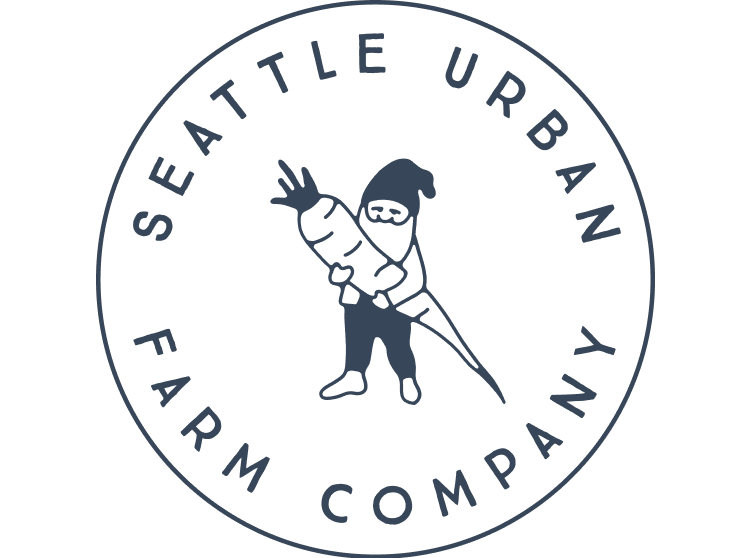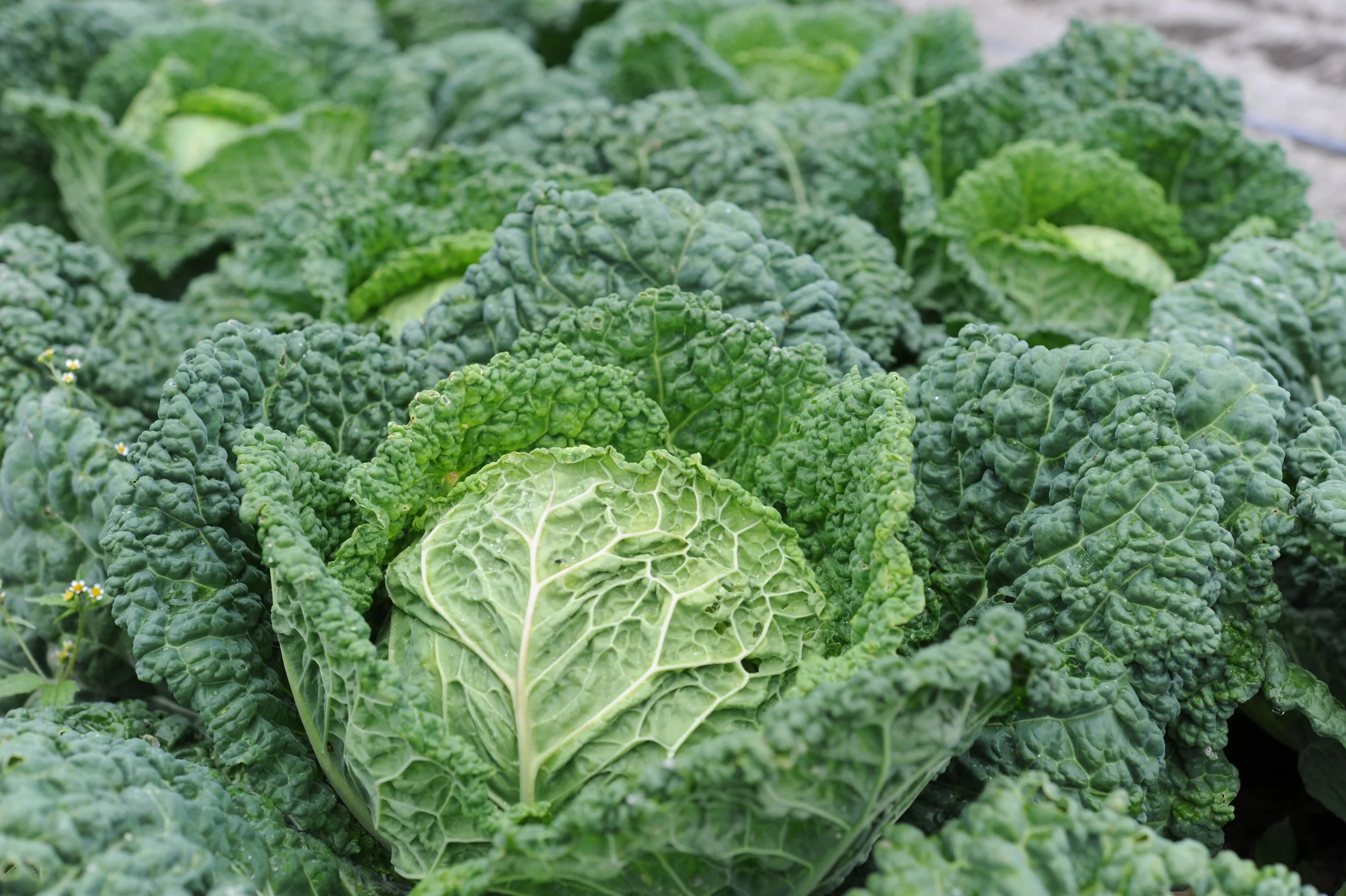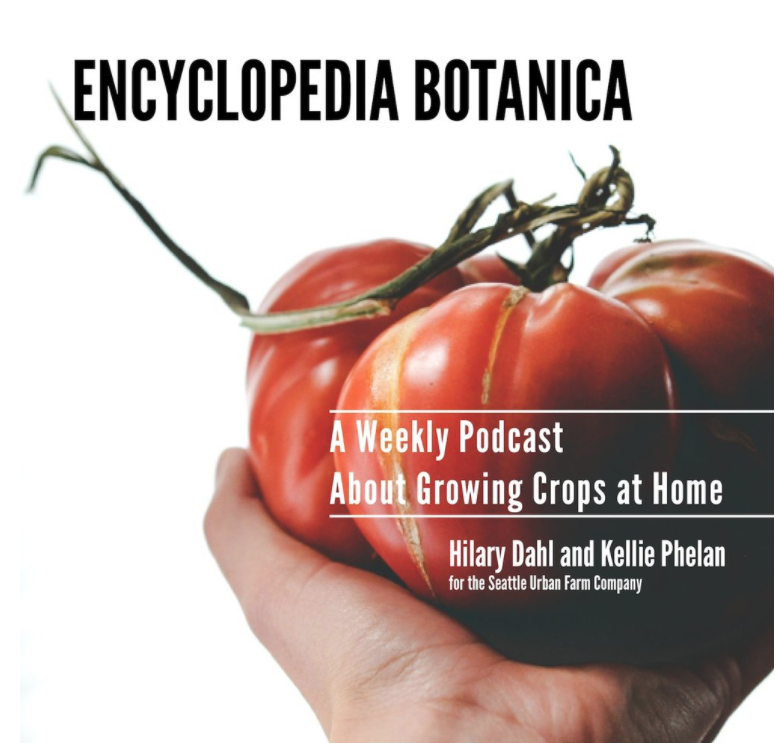By Colin McCrate
Vegetables are needy. They need you to delicately place them under 1/8” of perfectly screened, organic germination mix. They need you to water them gingerly, as if they were bathing in the fine mist of a waterfall deep in the Shire. They need you to pick them up from the mall after the midnight screening of Little Shop of Horrors. And, most of all (maybe because they’ve seen that movie too many times) what they really need is for you to feed them!
Compared to most ornamentals, annual veggies demand more nutrients, more often. In perfect conditions, humus-rich soil can supply everything they need. In real gardens, a smart organic fertilizing plan keeps plants vigorous and yields high.
This guide covers what’s in organic fertilizers, how to read NPK labels, when to use slow-release vs. soluble products (and why both matter), plus crop-specific tips and foliar feeding basics.
What Counts as “Organic Fertilizer”?
Organic fertilizers come from animal, plant, or mineral sources and are processed to be safe for gardens.
Mineral sources: greensand, rock phosphate, sulfate of potash, glacial rock dust.
Animal byproducts: blood meal, bone meal (cow/fish), feather meal, crab/whole fish meal, bat guano, chicken manure, worm castings.
Plant sources: kelp, alfalfa, cottonseed, soybean meal.
Each ingredient contributes a different nutrient profile and release speed. Blends combine them to hit target ratios.
Reading the Label: N-P-K (and Friends)
The three big numbers are N-P-K:
Nitrogen (N): leafy/vegetative growth.
Phosphorus (P): root growth, flowering, early vigor.
Potassium (K): fruit quality, stress resilience, disease resistance.
Also important: Calcium (Ca) for cell walls and blossom-end rot prevention; Magnesium (Mg) for chlorophyll (aim for a Ca:Mg ratio around 5–7:1 for good availability), plus micronutrients (S, B, Zn, Mn, Fe, Cu).
Balanced fertilizers (e.g., 5-5-5, 3-2-3) simplify pre-plant and side-dress needs across mixed beds.
Slow-Release vs. Soluble: Use Both
Slow-release (granular/insoluble):
Microbes break these down gradually, reducing leaching and feeding plants at a pace they can use. Great for pre-plant and scheduled side-dressings.
Soluble (liquid/quick-release):
Provides an immediate bump—ideal for transplant shock, visible deficiencies, or early fruit set. Think of granular as the “meal” and liquid as the “energy gel.”
Blood meal offers both: a quick bit of soluble N (often 1–6% of its N) plus a longer tail of slow N.
Foliar Feeding (Fast and Targeted)
Plants can absorb diluted nutrients through leaf stomata—often faster than roots. Use foliar sprays to correct shortfalls or support early fruit set.
When: Cloudy days or before 8 a.m.—avoid full sun to prevent leaf burn.
What: Most organic liquids work if diluted per label (e.g., kelp/fish blends).
How: Fine mist to the undersides of leaves (dicots have more stomata there). Add a surfactant (molasses or yucca) so droplets spread and stick.
Tools: Hand pump sprayer for beds; backpack sprayer for larger areas.
Foliar feeding complements soil fertility—it doesn’t replace it.
Crop-Specific Fertilizing Tips
Early spring & cool soils: Use a high-phosphorus fertilizer (e.g., 2-4-2) at transplant to support roots when P uptake is limited by cold.
Heavy feeders (tomatoes, cukes, winter squash): Need steady nitrogen—side-dress throughout the season.
Leafy/brassica crops: Favor higher-N feeds (e.g., 5-1-1). We often use straight blood meal (12-0-0) to side-dress garlic, onions, brassicas, arugula, and lettuce.
Fruiting crops at early set: Foliar or liquid feeds with P-K-Ca (e.g., 0-5-5) can improve fruit quality and reduce disorders.
As you refine soil health (compost + pH management), you may reduce inputs—but most mixed veggie gardens still benefit from a thoughtful fertilizer plan.
When to Apply Organic Fertilizer
Before Planting (Bed Prep)
Broadcast a balanced granular fertilizer and mix into the top 4 in of soil - our second book, “Grow More Food” (Storey 2025), has a great recipe for home-made balanced organic fertilizer.
For big spacings (tomatoes, potatoes, winter squash): blend into each planting hole.
After Planting (In-Season Feeding)
Side-dress heavy feeders at 2, 4, and 6 weeks after planting with granular or liquid.
Granular: sprinkle the labeled amount around the dripline, scratch into the top 1 in, and water.
Liquid: dilute per label in a watering can or hose-end sprayer; rinse tools afterward (organic liquids can clog and… smell).
Seedlings & Transplants
Apply low-dose liquid 2–3×/week from emergence to transplant for steady, gentle growth.
Quick Starter Plan:
Pre-plant: balanced organic 5-5-5 across beds; add 2-4-2 in transplant holes for spring/roots.
Weeks 2/4/6: side-dress with 5-1-1 (leafy) or balanced for mixed beds; use 12-0-0 blood meal for garlic/onion/brassicas if needed.
Early fruit set: foliar 0-5-5 + Ca on tomatoes/peppers/cukes.
Spot issues: apply diluted liquid feed; recheck soil moisture and pH.
The Big Picture
Feed the soil first with compost and good structure; use granular fertilizers to maintain baseline fertility; deploy liquid and foliar when plants need a quick nudge. That combo keeps crops humming from seedling to final harvest.




